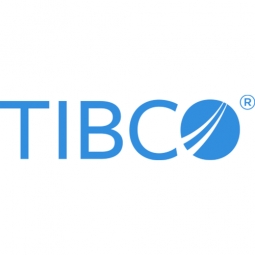TIBCO Software
Case Studies
TIBCO Spotfire® Analytics Software Helps to Identify and Develop Chemical Compounds In Academic Screening Facility
Overview
 |
TIBCO Spotfire® Analytics Software Helps to Identify and Develop Chemical Compounds In Academic Screening FacilityTIBCO Software |
Analytics & Modeling - Predictive Analytics Application Infrastructure & Middleware - Data Visualization Application Infrastructure & Middleware - Data Exchange & Integration | |
Life Sciences Pharmaceuticals | |
Product Research & Development Quality Assurance | |
Predictive Quality Analytics Process Control & Optimization | |
Data Science Services System Integration | |
Operational Impact
| Spotfire analytics provides the Core Facility with a number of tangible benefits. The biggest benefit for the group is the ability to interactively analyze results in Spotfire and communicate these visualizations to customers much easier than with any other tool. | |
| With Spotfire’s automated quality control, the facility is confident that their results are reliable. Spotfire software’s advanced statistical capabilities facilitate normalization and error correction, improving the positives selection by increasing the confirmation rate. | |
| Spotfire software’s fast data retrieval and standard visualizations help to speed up the entire HTS process: project managers can evaluate the quality of a screening campaign minutes after the data upload, take appropriate actions when anything goes wrong, and decide whether or not to proceed. | |
Quantitative Benefit
| The Chemical Biology Core Facility processes screening requests for small chemical molecules, utilizing a carefully chosen screening library of nearly 80,000 commercially available compounds. | |
| In the pilot screen phase of the primary screening stage, Spotfire analytics is used to analyze the initial 4,000 substances. | |
| The facility decides whether or not to proceed with a full screen of all 80,000 substances in the Core Facility’s library. | |


